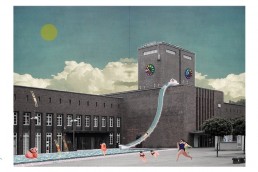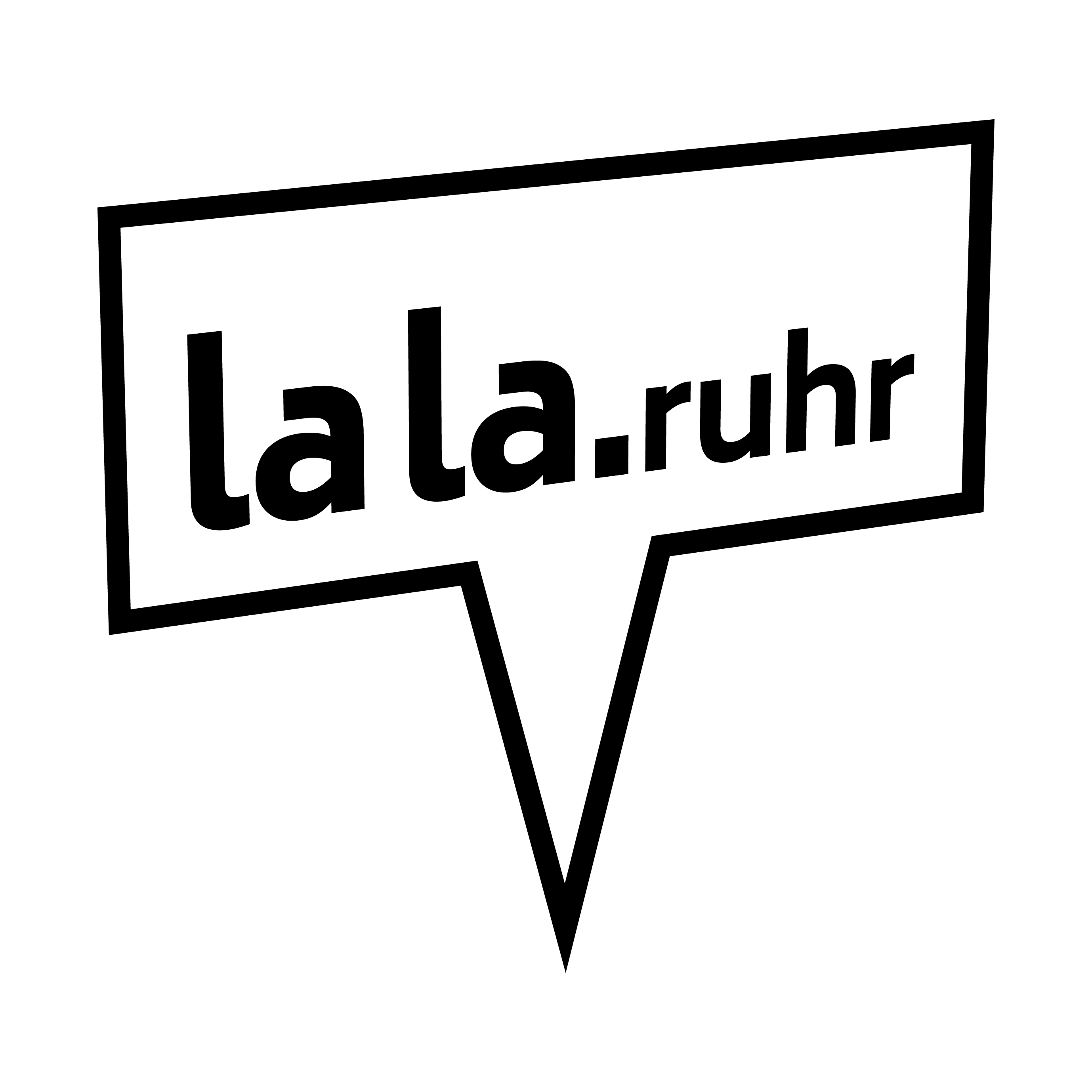Workshop report:Participation and responsibilityfor green stations
Train stations are hubs in the urban fabric. For some, they are a transit point on the way to work or on a trip; for others, they are a meeting place and a place for (late) shopping for groceries, flowers, etc. At the same time, however, a central station in particular can also be seen as a gateway to the city and as a calling card, since its surroundings represent the first impression. This is precisely where the workshop “Participation and Responsibility for Green Stations” came in, looking for ways and methods to motivate residents and travelers alike to actively and sustainably help shape stations and their surroundings.
The vision of workshop leaders Anne Fabritius and Petra Jablonická: to transform train stations and their surroundings into green places with a quality of stay that many people like to visit and that are free from consumerism. As part of kitev (Kultur im Turm e.V.), they have been proving for a long time that this is possible in Oberhausen: The collective organizes concerts and open-air cinema evenings on the museum platform in the middle of Oberhausen’s main station, organizes exhibitions, among other things, in the shop windows of the station and in the museum. The collective organizes concerts and open cinema evenings at the museum station in the middle of Oberhausen’s main station. The collective organizes concerts and open cinema evenings at the museum station in the middle of Oberhausen’s main station, organizes exhibitions in the shop windows around the station, spontaneously sets up a screen printing workshop in public space and will soon open a new place with the working title “Leerstand” (empty space) directly at the main station, between the main entrance and the branch of a fast food chain, which will be opened and operated together with people in tolerated status.
“Lingering vs. loitering: the individual perception of a place, in this case the particular station, also has an impact on the formats and participation tools I can work with. I will have very great difficulty engaging people in co-creative processes if they don’t spend any time at all in that place, or want to leave as soon as possible.”
Based on the fact that train stations often have a negative image, ways and methods to change the situation were sought, building on the experiences in Oberhausen, but also looking at case studies from Basel and Žilina-Záriečie (Slovakia).
The result is a collection of creative approaches, for example:
- Breaking down mindsets: Anyone who uses public transport is a “climate super hero” and should be made aware of it.
- Use the shop windows of vacant lots around the station to share information and encourage participation. Also along the lines of, “You have 5/10/20/30/45 minutes? Here are suggestions for your green stay at the station….”
- Organize/facilitate small actions around the station that don’t take a lot of time and have an identity-building effect (prompt: “Last week, a traveler left a plant in the raised bed across from Central Station. That took 10 minutes and now absorbs Co2 to the tune of X.
- Make participation formats fun. Provide luggage storage and mobile play elements such as a mini-trampoline.
- Establish cross-city network “participation stations” that issues a “station passport” -> one stamp per city/district/action.
Anyone who is now interested to get involved in the station environment of their city is welcome to contact kitev in Oberhausen accordingly. With “Liveable City”, Petra and Anne will soon be launching a new project here, of which train stations and their surroundings are an integral part.
Text: Sonja Broy
Picture: Zuzana Jančeková (KITEV)

lala.ruhr ist das Labor für die Landschaft der Metropole Ruhr – eine Biennale der urbanen Landschaft!

